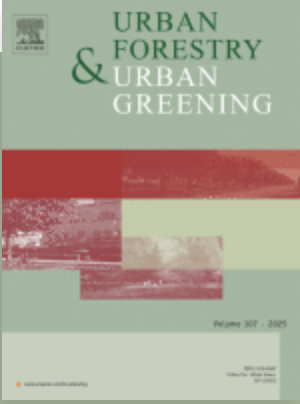Research Article
Indian immigrants’ perceptions of greenspace impacts on mental health
Publication Date:
DOI: https://doi.org/10.1016/j.ufug.2025.128811
Abstract
The Indian immigrant population is one of the largest and fastest-growing immigrant groups in the United States. Most Indian immigrants settle in cities where greenspaces affect their mental health. This is especially true as Indian immigrants, just like any other immigrant group in the country, can experience mental health issues. However, despite the growing number of Indian immigrants in the nation, little is known about their mental health and how their relationships with greenspace affect their mental health. This is especially true as Indian immigrants may have distinct sub-cultural, social settings and personal experiences influencing the overall perception of benefits derived from urban greenspaces for improving their mental health. This study aims to understand the perceptions of Indian immigrants about the impacts of greenspaces on their mental health. We interviewed 35 Indian immigrants in Atlanta using semistructured interviews to learn more about their perceptions. We coded with Taguette software and utilized thematic analysis to find themes and subthemes. Findings suggest positive and negative effects of greenspace, including happiness, relaxation, a sense of belonging, and sometimes sadness. Direct and indirect access to greenspace, preferred outdoor activities, religious beliefs, and cultural practices impacted participants’ perceptions. The physical characteristics of greenspaces also influenced the mental health of participants. Place attachment aligned well with these findings and emerged as a crucial factor to consider when examining the link between greenspace and mental health. The results suggest that incorporating the unique socio-cultural experiences of Indian immigrants can enhance community engagement programs in greenspaces and inform more inclusive social policies. Planners can leverage our findings to increase the inclusion of immigrant communities in the assessment, planning, and implementation of nature-based interventions.
